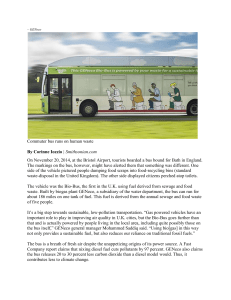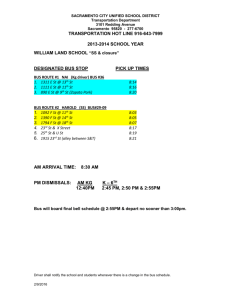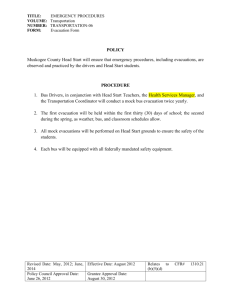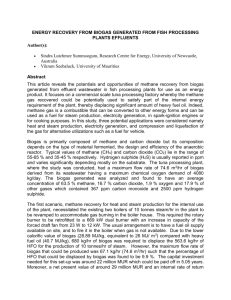GENeco Commuter bus runs on human waste By Corinne Iozzio
advertisement
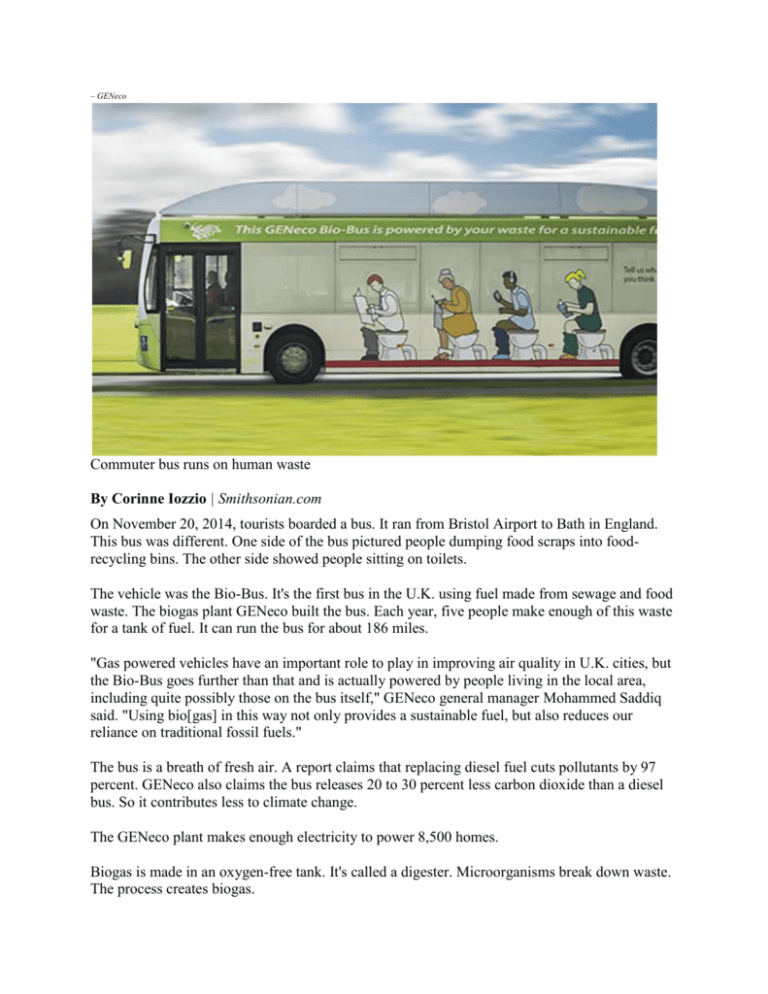
– GENeco Commuter bus runs on human waste By Corinne Iozzio | Smithsonian.com On November 20, 2014, tourists boarded a bus. It ran from Bristol Airport to Bath in England. This bus was different. One side of the bus pictured people dumping food scraps into foodrecycling bins. The other side showed people sitting on toilets. The vehicle was the Bio-Bus. It's the first bus in the U.K. using fuel made from sewage and food waste. The biogas plant GENeco built the bus. Each year, five people make enough of this waste for a tank of fuel. It can run the bus for about 186 miles. "Gas powered vehicles have an important role to play in improving air quality in U.K. cities, but the Bio-Bus goes further than that and is actually powered by people living in the local area, including quite possibly those on the bus itself," GENeco general manager Mohammed Saddiq said. "Using bio[gas] in this way not only provides a sustainable fuel, but also reduces our reliance on traditional fossil fuels." The bus is a breath of fresh air. A report claims that replacing diesel fuel cuts pollutants by 97 percent. GENeco also claims the bus releases 20 to 30 percent less carbon dioxide than a diesel bus. So it contributes less to climate change. The GENeco plant makes enough electricity to power 8,500 homes. Biogas is made in an oxygen-free tank. It's called a digester. Microorganisms break down waste. The process creates biogas. This process uses different waste sources. It can use landfills, wastewater, manure, and farm waste. The GENeco plant uses more than 2.6 billion cubic feet of sewage. And more than of 38,000 tons of food waste. Used worldwide, biogas could make a big difference. The EPA has a National Renewable Energy Laboratory. The lab estimates that U.S. sources of biogas could reduce the natural gas used for electricity by 46 percent. They could completely replace natural gas in transportation. And produce enough biogas to replace 35 billion gallons of gasoline. Today, more than1,500 U.S. wastewater treatment centers use biogas digesters. Some produce all the center's electricity. Using biogas for transportation is still new. But it is used across Europe recently. For example, Sweden uses biogas to run more than 36,000 vehicles. And Oslo, Norway has about 80 poopowered buses. In 2010, GENeco introduced the Bio-Bug. The Bio-Bug showed that transportation vehicles could use fuels from sewage. The Bath Bus Company operates the Bio-Bus. It also runs tour buses in U.K. destinations. But it hasn't said it would use more Bio-Buses. - Posted on January 16, 2015 Possible Response Questions: How do you think U.S. consumers would react to public transportation fueled by human waste? What does "reliance" mean in this sentence? "Using bio[gas] in this way not only provides a sustainable fuel, but also reduces our reliance on traditional fossil fuels.”

